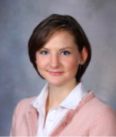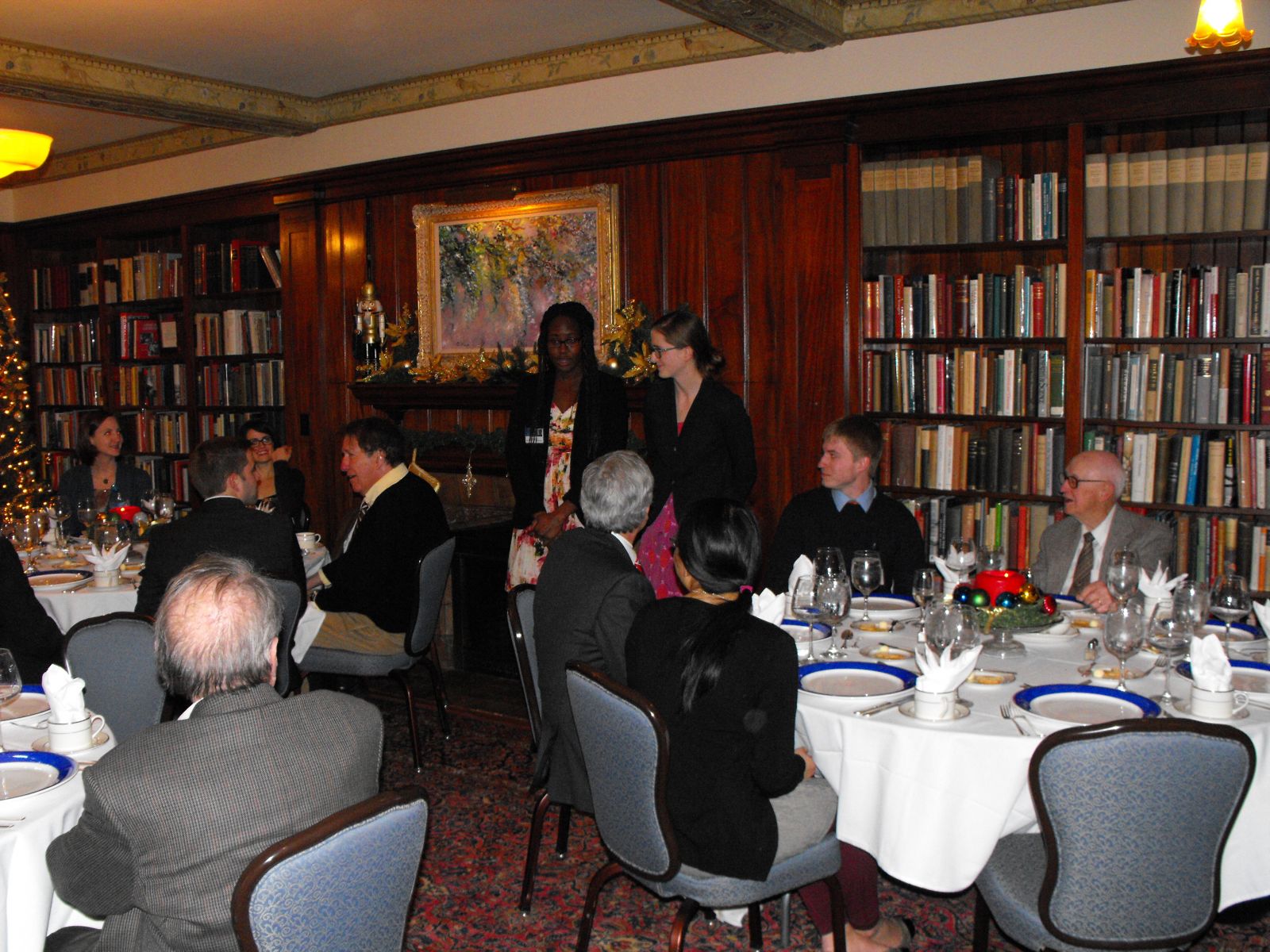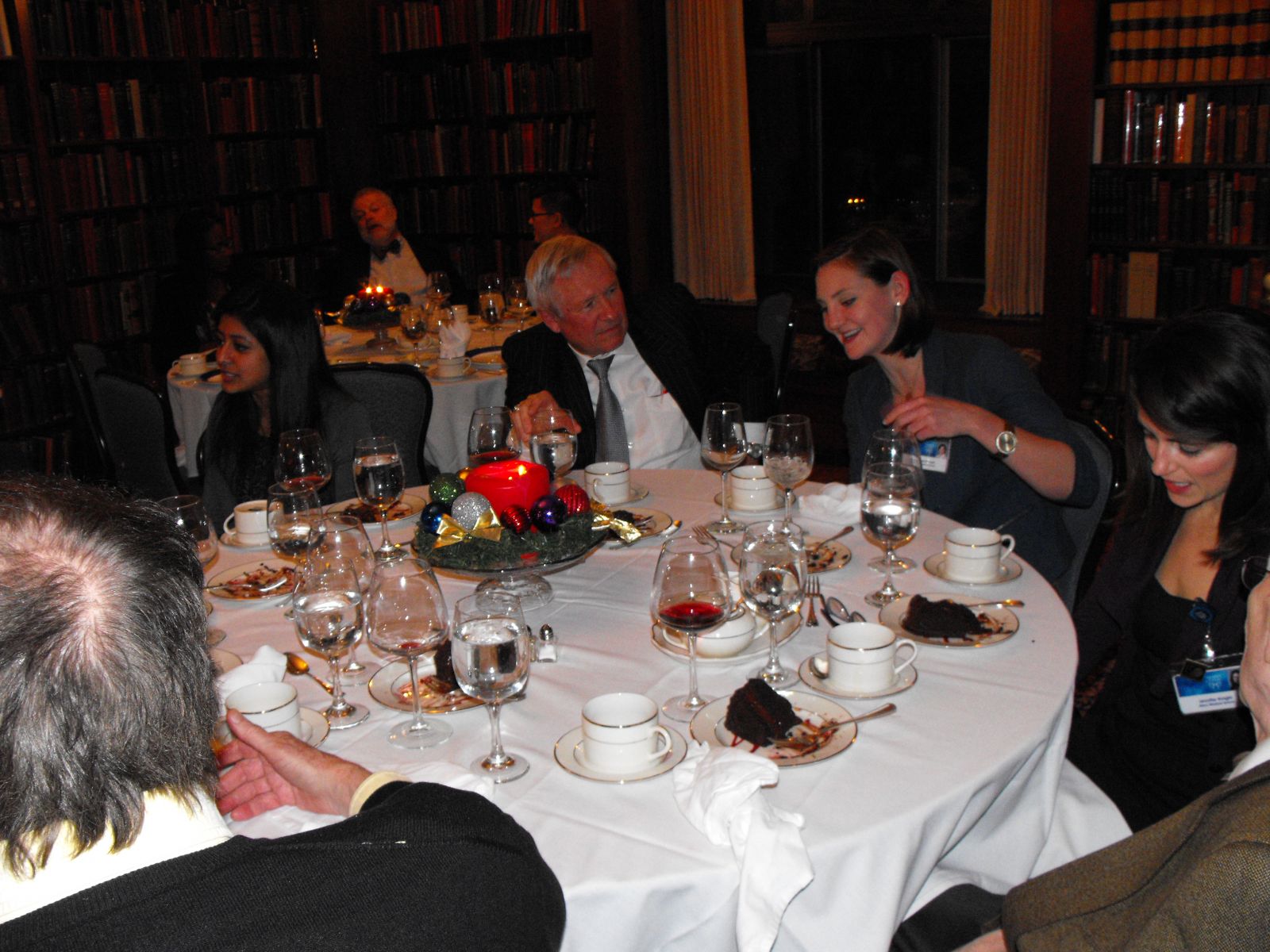


Authors
- Margaret Cupit
- Sinead Murphy
- Tanda Dudenkov
Institutions
- Mayo Medical School - - Rochester, MN - United States of America

In classical times, the study of medical history was considered an important part of medical education. German medical schools viewed the study of history as a way for budding physicians to learn which medical methods had been useful in the past and which ones had been detrimental to patients’ health1. At the time, the study of history was thought to foster a sense of civic responsibility, teach students to find value foreign ideas, and promote intellectual modesty and tolerance2.
However, the worldwide medical education landscape has changed dramatically since the late 1700s. In 2008, the American Association for the History of Medicine surveyed 174 medical schools in the United States and Canada, reporting that 117 “had no indication of history,” and 51 had only vague “indication of history of medicine offerings”3. As a medical student, I have felt that my education lacks an emphasis on very important medical history.
We believe that history offers great insight into disease, its causes, and how we might prevent it more effectively. Recognizing deficits within traditional medical education regarding history and the humanities, Mayo Medical School’s Boerhaave Society for the History of Medicine created the Prologue Project. Through the facilitation of interactions between medical students and real historical figures—Mayo Clinic Emerti physicians, and through the recording of oral histories, the Prologue Project highlights the important relationship between medicine and history for medical students.
- Phase I: Sharing
Eleven retired Mayo Clinic physicians were paired with thirteen medical students for an evening of dining and conversation. While partners were assigned based on mutual interests and seated together, no further structure was implemented, and natural conversation dictated the subject matter discussed.

- Phase 2: Recording
Each student submitted a written reflection on the evening in an effort to make a historical record of thoughts and stories shared by retired physicians. This exercise in creative writing and recording was preserved in the Mayo Clinic historical archives.

“Where do notions of time appear in medical training? We second-year medical students learn, in our preclinical medicine courses, how the time course of a disease might aid us in the process of diagnosis; how various ailments have acute or insidious onsets. But we don’t spend much time dwelling on how the intellectual and cultural changes within the institution of medicine have their own rise, climax, and fall as well, or why that matters”.
-Lily Chan MMS 2
“I remembered a speech that was given by one of the faculty at the Prologue Project evening dinner, where he discussed that the faculty emeritus wanted to continue the past legacy of Mayo, but they realized that you must do things differently in order to build on that great legacy. We must embrace change, I think that the ideas that my generation will bring to Mayo will only make it stronger.”
-Monique Montenegro MMS 1
“The “good ‘ol days” are difficult things to reflect upon. First, it’s difficult to evaluate an era unless you actually lived through it. However, it is likewise difficult to objectively assess something if it was your personal experience. Sometimes it takes listening to a “survivor” to draw conclusions, and that is exactly what the Prologue Project provided”.
-Matthew Schulke MMS 2
Medical education is a lesson in history as well as in biology, as the progression of science and healthcare is constant. Though some medical history has resulted in practices that are still used by physicians today, much of it has been forgotten. In order to fully understand and take part in the medicine of today, we must better understand the medicine of yesterday. Medical education should thus include programs such as the Prologue Project to illustrate to medical students the importance of medical history in an engaging way.
Interactions between medical students and retired physicians provide a valuable opportunity for learning and enrichment in medical school curricula.
Interactions between medical students and retired physicians provide an opportunity for the integration of history and humanities into medicine.

- James S. Newman, M.D., Assistant Professor of History of Medicine, College of Medicine
- Boerhaave Soceity, Medical History Interest Group, Mayo Medical School
- Renee Ziemer, Coordinator, Mayo Historical Unit
1David S. Jones, Jeremy A. Greene, Jacalyn Duffin, and John Harley Warner. Making the Case for History in Medical Education. J Hist Med Allied Sci (2014) doi: 10.1093/jhmas/jru026
2Frank Huisman and John Harley Warner, “Medical Histories,” in Locating Medical History: The Stories and Their Meanings, ed. Huisman and Warner (Baltimore: Johns Hopkins University Press, 2004).
3Jennifer Gunn, Laura Hirshbein, Geoffrey Hudson, and Jeremy Greene, “AAHM Ad Hoc Committee to Survey the Teaching of History in Medical Schools in the United States and Canada,” 10 April 2008.

